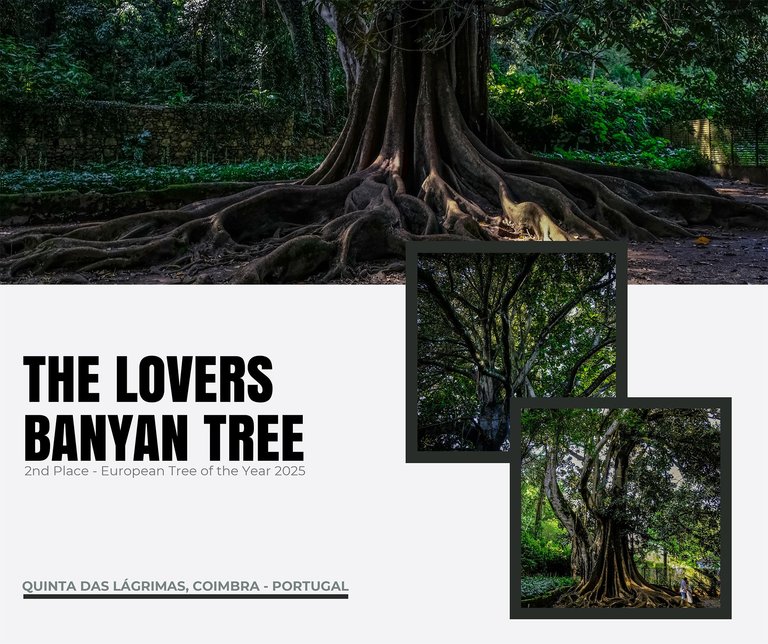
The Figueira dos Amores, also known as The Lovers Banyan Tree, won second place in the prestigious European competition “Tree of the Year 2025”.
The Tree of the Year competition was created in 2011 and annually celebrates trees with significant histories, raising awareness about the preservation of natural heritage.
This majestic fig tree stood out among 15 finalists, being recognized for its grandeur, beauty and connection to the legendary love story between Pedro and Inês de Castro. King and Queen of Portugal between 1357 and 1367.
Located in the garden of Quinta das Lágrimas (the setting that witnessed the tragic romance between D. Pedro I and Inês de Castro), in Coimbra - Portugal, it is a ficus macrophylla planted around 150 years ago. It is approximately 35 meters high and has a trunk circumference of 15 meters.


🚶🚶♀HOW TO GO
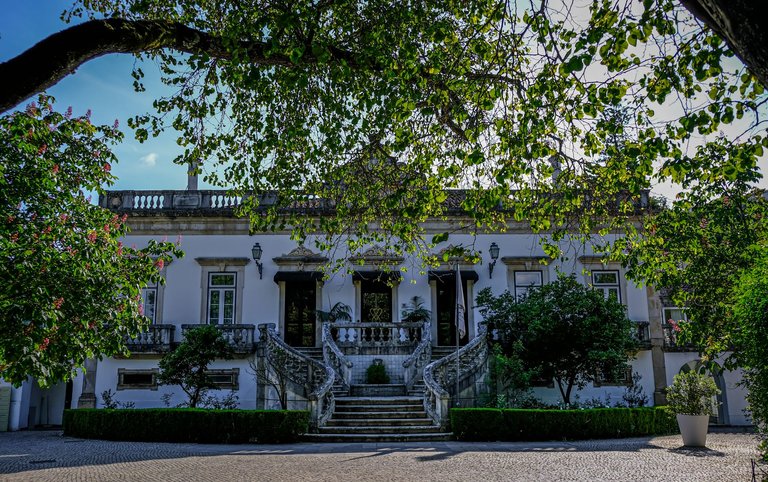
To get to The Lovers Banyan Tree you have to enter Quinta das Lágrimas, where you'll find the hotel of the same name. The Hotel Quinta das Lágrimas - Small Luxury Hotels stands out with an impressive overall rating of 8.9, reflecting the quality and satisfaction of users who enjoy a memorable experience.
Housed in a Gothic building dating back to the 14th century, it is surrounded by a medieval garden with a variety of flora and is home to a golf course.


Although it is part of the public heritage, it is managed by the Inês de Castro Foundation.
Visits are priced as follows: Sale at the ticket office (Rua José Vilarinho Raposo entrance):
- Single Ticket: €3.00
- Special Ticket
(< 15 and > 65 years): €1.50 - Family Ticket (2 adults + 2 children): 6€
There are guided tours of the garden:
- 5€ per person (minimum of 6 people or the equivalent amount)

⛳️ On the path leading up to the tree, you can marvel at the views of the city across the golf courses.

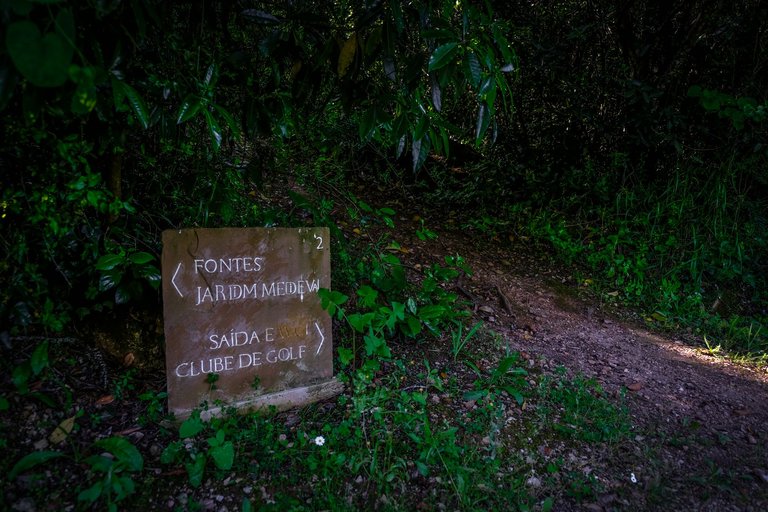

An art installation by an anonymous author brings us closer to the Fonte dos Amores, where what we're looking for is.
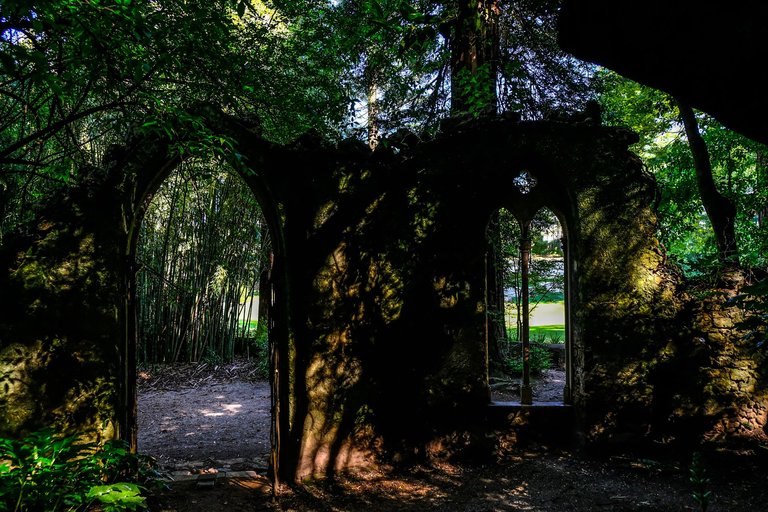

📍HERE IT IS 🌳😲

The tree, an Australian Fig Tree, stands next to the Fonte dos Amores and was planted by an aristocratic tree collector in the 19th century, the result of seed exchanges with the Sydney Botanic Gardens.
The beauty of its branches, trunk and roots makes it an attraction in this place of worship, visited by thousands of people and often used as a backdrop for wedding photographs.
It's a colossal tree!

Strangler tree

Although it can be born from seeds deposited in the soil, in nature the seeds of this fig tree usually germinate on the branches of other trees. Although it doesn't take nutrients from its hosts, this fig tree sometimes kills them by wrapping them in its tight network of aerial roots, which limit the transport of water and nutrients to the hosts' trunks and block their light.
This behavior is the origin of one of the common names by which this species is known: strangler fig. Also known as the Australian fig, this tree is particularly impressive due to the size and tentacular shape of its roots. As mentioned above, the roots are aerial - they develop around their hosts - but as they grow, they sink into the ground and it is on the ground that they stretch out, snaking, and can occupy several meters around the trunk. *
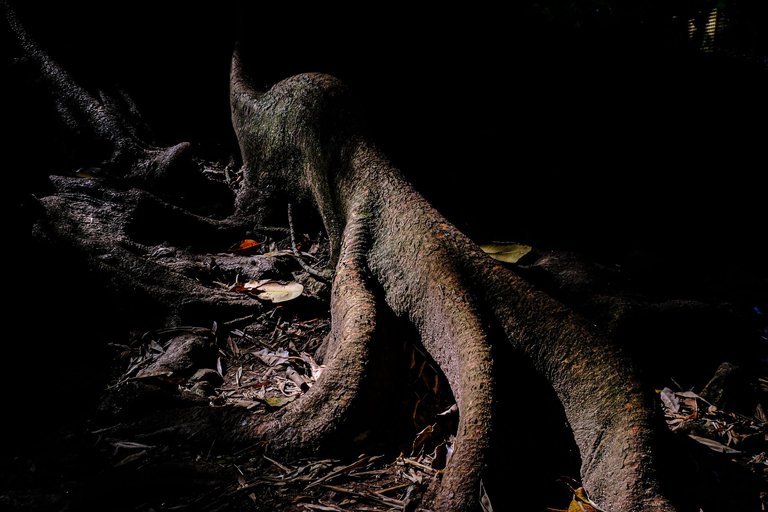





The specific name by which science identifies this fig tree also reveals the size of its leaves: macrophylla comes from the Greek 'macros' - large or long, and 'phyllon' - leaves, referring to the size of the leaves of these adult trees, which can reach 25 centimeters in length and about half that in width. The leaves resemble those of the rubber tree and, although this is another species of Ficus - Ficus elastica, some people refer to the strangler fig tree as theaustralian rubber tree.
Although this species is native to subtropical and tropical forests, the strangler fig adapts well to the Mediterranean climate and you can admire colossal, centuries-old specimens in other Portuguese gardens, including one here in Coimbra - in the Botanical Garden. * (Information from the Florestas.Pt website)
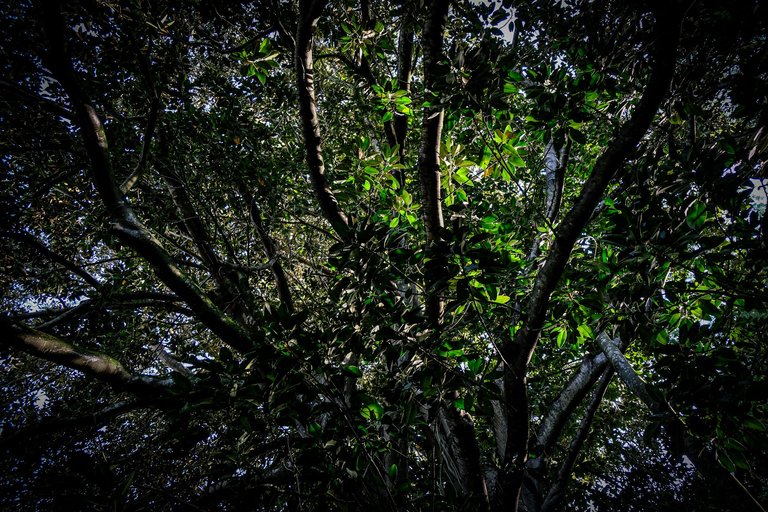
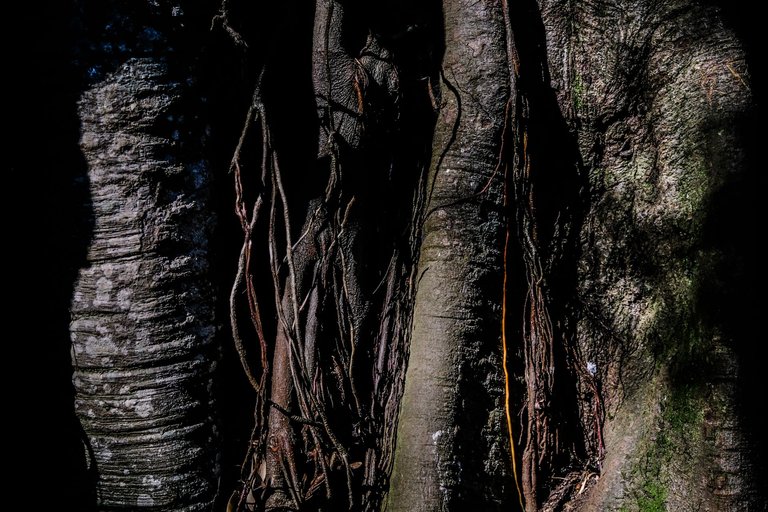
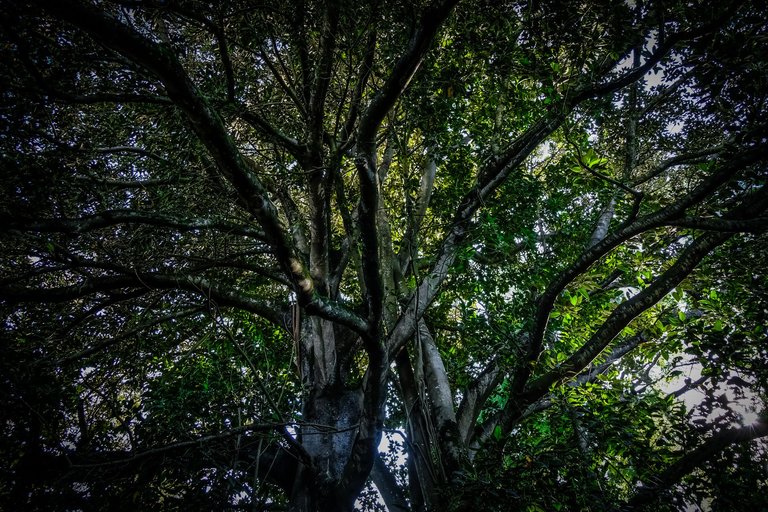



✈️ 🚂 🚕 🚌 HOW TO GET TO THIS MAGIC PLACE
To get to Quinta das Lágrimas, located in Santa Clara, Coimbra, the nearest airport is Coimbra Airport (CBP), which is about 20 km away. The most convenient way to get from the airport to the hotel is by car.
If you choose to rent a car, follow the signs for the A1 towards Coimbra. The journey takes approximately 30 minutes, allowing you to enjoy the beautiful landscapes of the region as you approach your destination. Alternatively, you can also consider the option of a cab or private transportation service, which offers comfort and convenience, especially after a long journey.
If your flight arrives at Porto Airport (OPO), which is around 120 km from Coimbra, the journey will be a little longer. The best option is to take a train or bus to Coimbra, which offers a picturesque and relaxing experience. After arriving at Coimbra station, you can take a cab or public transport to Quinta das Lágrimas (Info: Agona.pt).


✍️ My native language is Portuguese. The translation was done through DeepL.com (free version).
[//]:# ([//]:# (!worldmappin 40.19866 lat -8.43517 long The Lovers Banyan Tree d3scr))

